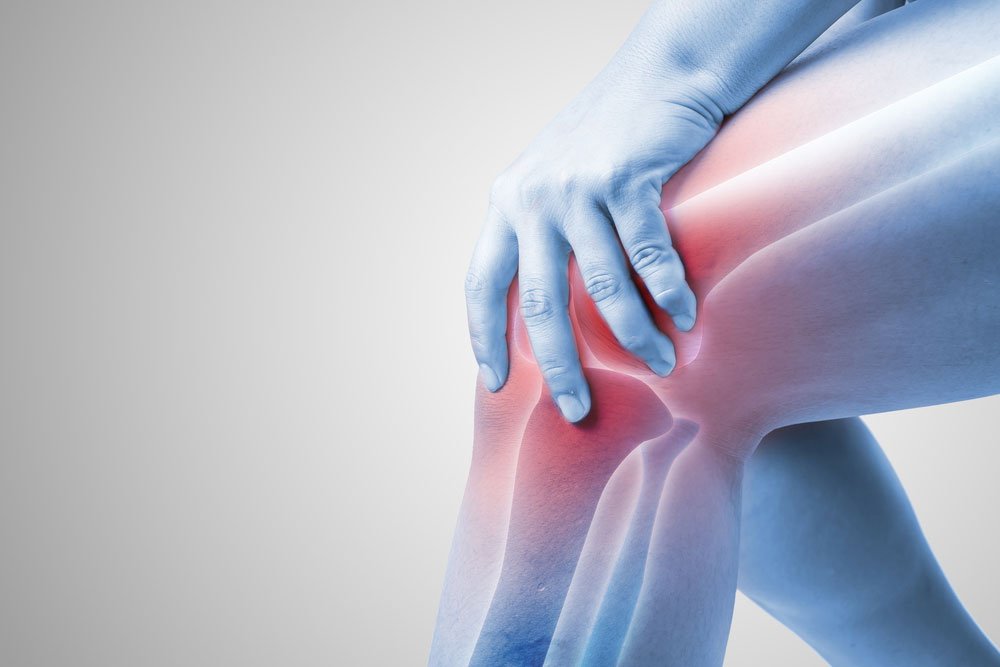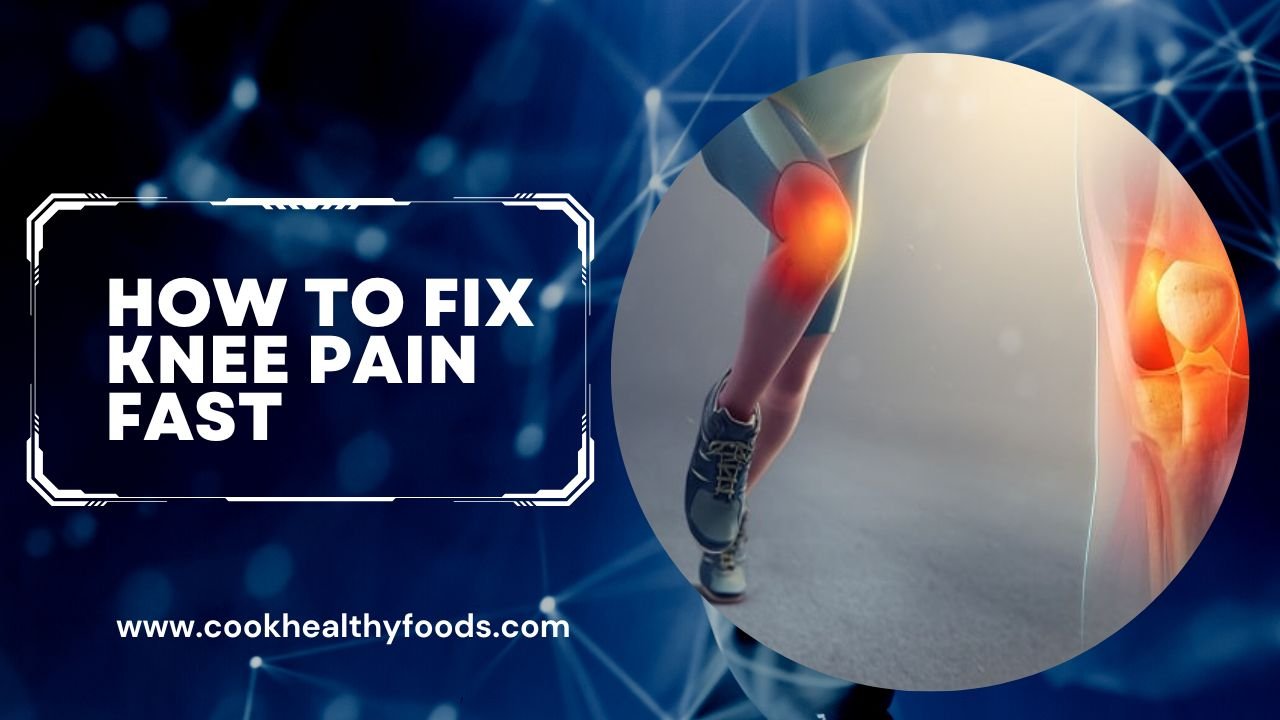WHAT IS KNEE PAIN?

Knee pain refers to any discomfort or pain experienced in or around the knee joint. The knee is a complex joint that connects the thigh bone (femur) to the shin bone (tibia). It is supported by ligaments, tendons, muscles, and cartilage. Knee pain can be caused by various factors, including injuries, overuse, medical conditions, or underlying diseases.
WHEN THE KNEE PAIN OCCURS ?
Common causes of knee pain include:
- Injuries: Strains, sprains, ligament tears (such as anterior cruciate ligament or ACL tears), meniscus tears, fractures, dislocations, or tendonitis (inflammation of tendons) can lead to knee pain.
- Arthritis: Osteoarthritis is the most common type of arthritis affecting the knee joint. It occurs due to wear and tear of the joint cartilage over time. Rheumatoid arthritis and other inflammatory conditions can also cause knee pain.
- Tendonitis: Inflammation of the tendons, such as patellar tendonitis (jumper’s knee), can result in knee pain, especially in athletes or individuals who engage in repetitive knee movements.
- Bursitis: Bursae are small fluid-filled sacs that act as cushions between bones, tendons, and muscles. Inflammation of the bursae around the knee joint can cause pain and swelling.
- Meniscus tears: The meniscus is a rubbery, C-shaped cartilage that acts as a shock absorber between the femur and tibia. A tear in the meniscus can cause knee pain, particularly during twisting or pivoting movements.
- Patellofemoral pain syndrome: This condition involves pain in the front of the knee, around the patella (kneecap), and is often associated with activities that involve repetitive bending of the knee, such as running or squatting.
- Other conditions: Other possible causes of knee pain include gout, infections, cysts, tumors, nerve impingement, and referred pain from hip or lower back problems.
WHAT ARE THE MAIN CAUSE OF KNEE PAIN
Common causes of knee pain include:
- Injuries: Strains, sprains, ligament tears (such as anterior cruciate ligament or ACL tears), meniscus tears, fractures, dislocations, or tendonitis (inflammation of tendons) can lead to knee pain.
- Arthritis: Osteoarthritis is the most common type of arthritis affecting the knee joint. It occurs due to wear and tear of the joint cartilage over time. Rheumatoid arthritis and other inflammatory conditions can also cause knee pain.
- Tendonitis: Inflammation of the tendons, such as patellar tendonitis (jumper’s knee), can result in knee pain, especially in athletes or individuals who engage in repetitive knee movements.
- Bursitis: Bursae are small fluid-filled sacs that act as cushions between bones, tendons, and muscles. Inflammation of the bursae around the knee joint can cause pain and swelling.
- Meniscus tears: The meniscus is a rubbery, C-shaped cartilage that acts as a shock absorber between the femur and tibia. A tear in the meniscus can cause knee pain, particularly during twisting or pivoting movements.
- Patellofemoral pain syndrome: This condition involves pain in the front of the knee, around the patella (kneecap), and is often associated with activities that involve repetitive bending of the knee, such as running or squatting.
- Other conditions: Other possible causes of knee pain include gout, infections, cysts, tumors, nerve impingement, and referred pain from hip or lower back problems.
CAN KNEE PAIN BE CURED
The potential for a complete cure of knee pain depends on the underlying cause of the pain. In some cases, knee pain can be effectively treated and resolved, while in other cases, management and reduction of symptoms may be the primary goal. Here are some scenarios:
- Injuries: Mild to moderate knee injuries, such as strains, sprains, or minor tears, can often be treated with rest, ice, compression, and elevation (RICE), along with physical therapy. With proper care and rehabilitation, many people recover fully from these types of injuries.
- Medical conditions: Some medical conditions that cause knee pain, such as certain infections or gout, can be treated and resolved with appropriate medical interventions and medications.
- Arthritis: While there is no cure for arthritis, including osteoarthritis or rheumatoid arthritis, various treatment options can effectively manage knee pain and slow down disease progression. These may include pain medications, physical therapy, lifestyle modifications, assistive devices, injections (such as corticosteroids or hyaluronic acid), or, in severe cases, surgical procedures like joint replacement.
- Chronic or degenerative conditions: Certain chronic or degenerative conditions, such as advanced osteoarthritis or severe cartilage damage, may not be curable. However, treatments can focus on pain management, improving function, and enhancing the individual’s quality of life. These treatments may involve a combination of medications, physical therapy, assistive devices, weight management, and surgical options.
HOW TO FIX KNEE PAIN FAST
While it’s important to consult a healthcare professional for a proper diagnosis and treatment plan, here are some general tips that may help alleviate knee pain:
- Rest and protect the knee: Avoid activities that worsen the pain and provide the knee with adequate rest. Limit weight-bearing activities and consider using crutches or a knee brace if necessary.
- Apply ice: Apply ice packs wrapped in a towel to the affected knee for 15-20 minutes every few hours. This can help reduce pain, inflammation, and swelling.
- Compress the knee: Use a compression bandage or knee sleeve to provide support and reduce swelling. Ensure that the compression is not too tight, as it may restrict blood flow.
- Elevate the leg: When resting, elevate the leg by propping it up on a pillow or cushion. This can help reduce swelling and promote better circulation.
- Take over-the-counter pain medications: Nonsteroidal anti-inflammatory drugs (NSAIDs) like ibuprofen or naproxen can help relieve pain and reduce inflammation. Follow the recommended dosage and guidelines, and consult a healthcare professional if you have any concerns.
- Gentle exercises and stretches: Once the acute pain subsides, gentle exercises and stretches can help improve knee strength and flexibility. Work with a physical therapist to develop an appropriate exercise program tailored to your specific needs.
- Maintain a healthy weight: Excess body weight puts added stress on the knees, which can worsen knee pain. Maintaining a healthy weight can help alleviate strain on the joint and reduce pain.
- Use supportive footwear: Wear shoes that provide good support and cushioning, especially if you’re engaging in activities that involve prolonged standing, walking, or running.
